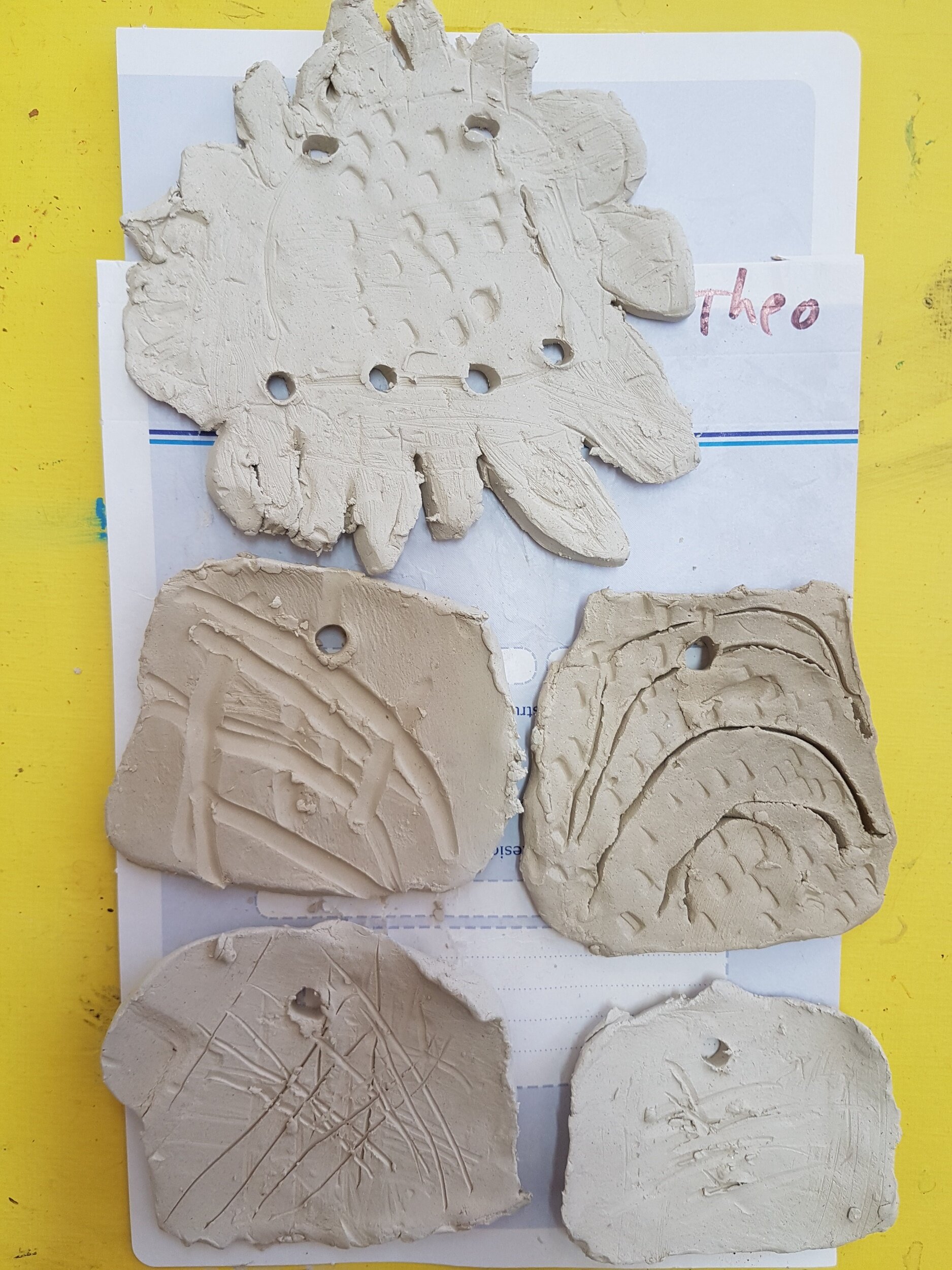Wind Chimes
Today Ahoaho students came to do the same art lesson that the other half of the group had done a few weeks previously. I had a great time teaching the original lesson so I was really looking forward to teaching the lesson again.
To start the day we read books and learned about the gods in the Māori creation story.
In the creation story, the children of Ranginui (the sky father) and Papatūānuku (the earth mother) wished to separate their parents so that light could come into the world. The only brother who did not agree to this was Tāwhirimātea, the god of wind and storms. When Ranginui and Papatūānuku were separated, he ascended to the sky to be with his father. Te Ara-Encyclopedia on New Zealand
The students looked at images of wind chimes and sketched a design for their own construction based on either Tāwhirimātea or Ranginui. We chose these two gods because they control elements in the sky, such as wind that will blow our wind chimes.
The student designs included a base structure and at least three wind chime pieces. They thought about ideas of different items that might represent Ranginui or Tāwhirimātea. They came up with lots of ideas and made suns, moons, stars, clouds, raindrops, rainbows and lightning bolts.
The students rolled out flat slabs of clay, remembering to flip it often so that it didn't stick to the tables. The students used templates that they had drawn themselves to cut out multiple wind chime pieces that were the same size and shape.
After cutting the wind chime pieces out, the students added marks and lines to give their pieces texture. It was fun observing the imaginative ways that the students used the tools to make marks on their clay.
Next time the students come to visit the art room they will apply glazes to their wind chimes. I can’t wait to see which colours they choose and then how the final pieces look once fired and assembled. In the meantime, take a look at the unglazed pieces below and see if you can imagine them as wind chimes tinkling in the breeze.






















